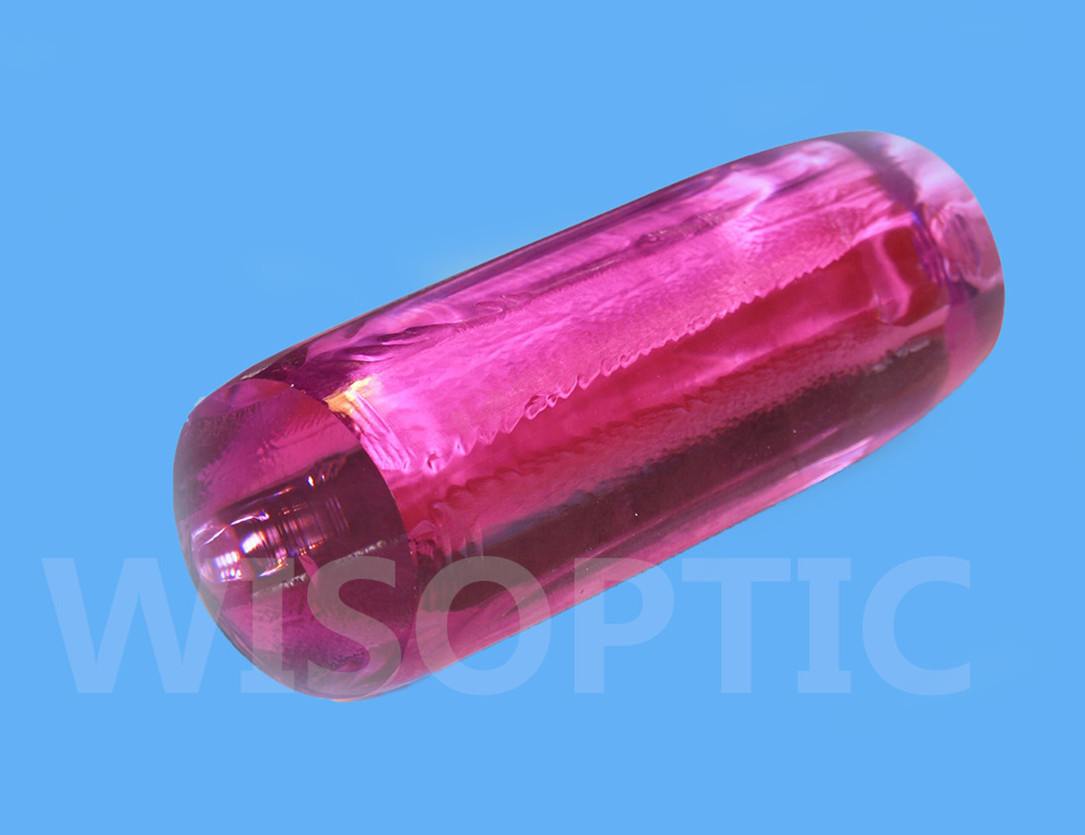High power Q-switched 1064nm/532nm Nd:YAG Laser in tattoo removal:
A systematic review (Part 4)
[Cited from: JOURNAL OF COSMETIC AND LASER THERAPY, Authors: Debora Aparecida Oliveira Modena, etc.]
Discussion
Concerning the time it takes for the tattoo to be lightened after the laser sessions, some studies demonstrates that after the first session it was already possible to observe an improvement in the lightening of the ink color. In fact, tattoo removal is selective. When receiving the high laser energy, the skin will whiten in some points of the tattoo due to the production of carbonic gas and water vapor in the dermis, thereby making ink removal a gradual process. Bernstein et al. (2015) reported black and red inks were the most effective in lightening after an average of six Nd:YAG (www. wisoptic.com) laser therapy sessions with the wavelength of 1064 nm and the pulse duration in the range of nanoseconds (approximately 5-20 ns).
In case where the therapy did not present good results, many authors indicated the associated use of the Q-switched 1064 nm/532 nm Nd:YAG lasers with the 694 nm Ruby laser or 755 nm Alexandrite laser, because, like the Nd-YAG, such lasers are considered beneficial in the treatment of tattoo removal, because they present pulse duration in nanoseconds or picoseconds; these differences in the duration of pulse are important to carry out the fragmentation of different sizes of ink particles.
Some studies compare the use of Q-switched 1064 nm/532 nm Nd:YAG lasers with the 694 nm Ruby laser for the treatment of black and color tattoos. In some cases, the ruby laser presented a higher rate of ink clearance; however, in the treated area there was a higher incidence of hypopigmentation. The same occurred when there was comparison between the Q-switched 1064 nm/532 nm Nd:YAG lasers with Alexandrite laser; the clinical trial demonstrated that the Alexandrite laser was efficient in removing black-blue tattoos, but 50% of the patients treated developed transient hypopigmentation.
However, the Nd:YAG was regarded as safe among the Q-switched lasers because, despite allowing a deeper penetration in the dermis, the absorption of energy in the epidermal melanin was lower, there was weak absorption by natural chromophores (melanin, hemoglobin, and water), and the light had a penetration deeper than 2 mm into the skin, therefore making it ideal for deep dermal exogenous chromophores, such as tattoo pigments. Hence, the Q-switched lasers are also recommended to be carried out mainly in individuals with high phototypes, that is of African, Chinese, or Asian ancestry.
As stated earlier, most individuals in the articles included in this review were American, with a minimum age of 18, and maximum age of 70; from that information, we correlated the individual age of the tattoo and found out that younger patients had more recent tattoos, and older patients had older and more amateur tattoos. According to Zhang et al. (2017), the age of the tattoo correlates with the efficacy of the laser treatments. The older the tattoo, the easier its lightening is, because the ink particles suffer slower phagocytosis for years, making the tattoos appear hazy, with fewer ink particles.
Skin phototype is an important matter to evaluate; most studies analyzed carried out the Q-switched 1064 nm/532 nm Nd:YAG laser treatment in all skin phototypes classified by Fitzpatrick. According to the authors this type of laser was one of the safest to be applied in higher phototypes because it reached the target tissue without penetrating the epidermal melanin. Furthermore, using the longer wavelengths, such as 1064 nm it could reduce the risks of post-inflammatory inflammation, hyperpigmentation, and hypopigmentation after the tattoo was removed.
Post time: Mar-28-2022

